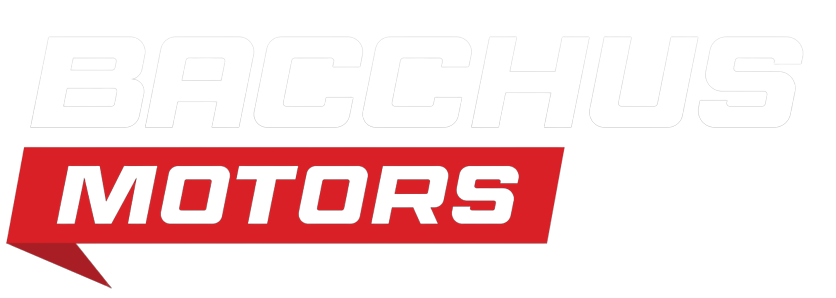
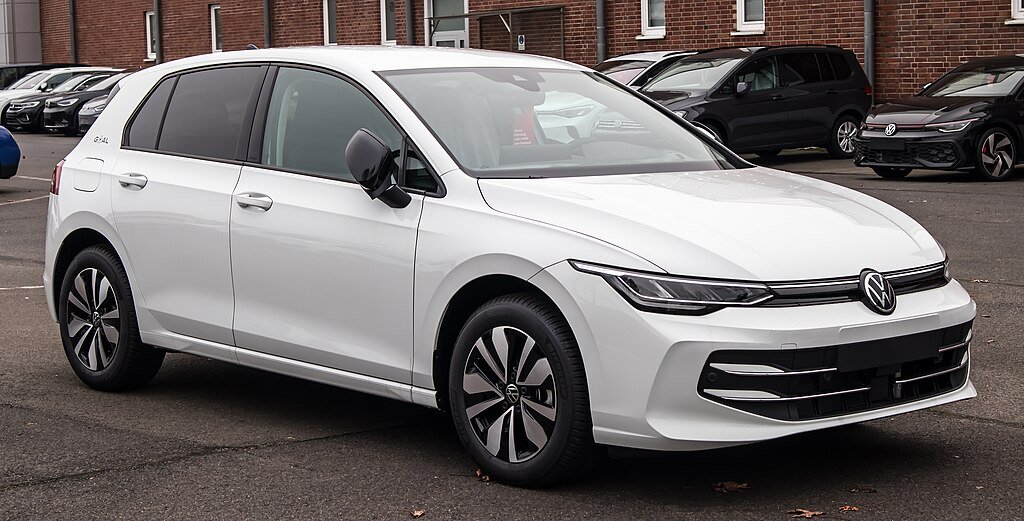
The Ultimate Guide to the VW Golf: TSI vs. GTI vs. R
The VW Golf is a Kenyan staple for good reason: it slips through Nairobi traffic, shrugs off speed bumps and rough estate lanes, and still feels premium on the highway to Naivasha or Nanyuki. The real decision isn’t “Golf or not”—it’s which VW Golf suits Kenya’s fuel, taxes, roads, and insurance: the frugal TSI, the fun-but-practical GTI, or the all-weather VW Golf R. This guide breaks each one down with Kenya-specific context—fuel quality, import rules and duty, insurance realities, and used-market watch-outs—so you can buy with confidence.
TL;DR: TSI = lowest cost of entry • GTI = Kenya’s best one-car-does-it-all • R = discreet speed + AWD confidence if your budget and insurance allow.
Table of Contents
Toggle1) VW GolfFamily at a Glance (Kenya context)
All three trims share the same compact footprint that threads speed bumps and tight estates, plus a refined cabin. Where they differ is power, chassis hardware, and cost:
- Golf TSI (“Golf”): Turbo four tuned for efficiency; FWD; smaller brakes/suspension; lightest; cheapest to buy and insure.
- VW Golf GTI: Hot-hatch spec; stronger 2.0-litre turbo; sport suspension; bigger brakes; VAQ e-diff on many trims; still FWD.
- VW Golf R: Range-topper; most power; AWD (Haldex-type, later models add torque vectoring); stout brakes/cooling; highest buy/insure/tyre costs.
Kenyan market reality: Many cars are used imports from Japan/UK (Mk6–Mk7.5 are common; Mk8/8.5 arriving slowly). Kenya caps used-car age, requires RHD and pre-export inspection, and calculates taxes using KRA’s CRSP list—these heavily influence final on-the-road price.
2) Engines, Gearboxes & Chassis Tech
All modern VW Golfs are turbocharged direct-injection petrols (“TSI” = Turbocharged Stratified Injection). Outputs vary by generation/market, but this is a Kenya-friendly guide:
| Trim | Typical Output (range) | Drivetrain | Hardware that matters |
|---|---|---|---|
| VW Golf TSI | ~110–150 hp / ~150–200 lb-ft | FWD | Comfort suspension; open diff |
| VW Golf GTI | ~210–245+ hp / ~258–273 lb-ft | FWD | VAQ e-diff, bigger brakes, sport suspension |
| VW Golf R | ~288–328+ hp / ~280–310 lb-ft | AWD | Haldex-type AWD (vectoring later), largest brakes, extra cooling |
Transmissions:
- 6-speed manual (rarer in Kenya): cheapest to maintain if driven well; clutch wear is the variable.
- DSG dual-clutch (common locally): brilliant in traffic and quick on the move, but it needs timely fluid service to stay happy—especially in hot, stop-go conditions.
Kenyan roads lens:
- VAQ e-diff (GTI) helps you power out of tight turns and roundabouts without inside-wheel spin.
- AWD (R) shines in rain, on broken surfaces, and on steep estate roads; it also puts the power down cleanly on cool highland mornings.
3) Fuel & Octane in Kenya (and why it matters)
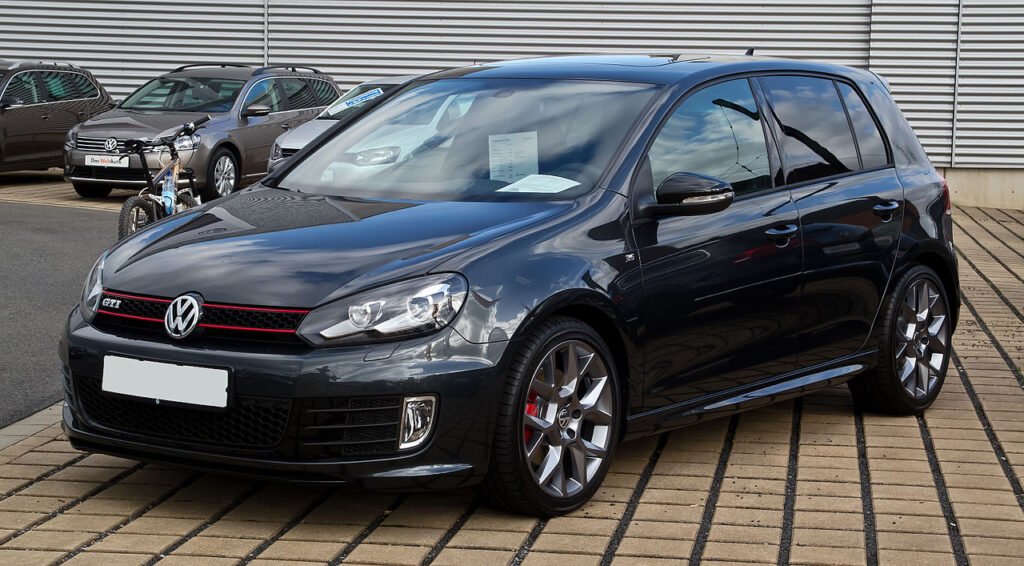
Kenya’s Super Petrol is regulated and routinely lab-tested, and recent public results place most retail samples around RON 95–96—exactly the zone that VW Golf GTI and Golf R engines are calibrated for. In practice, GTI/R owners should stick to 95 RON premium to maintain timing advance, protect against knock, and keep performance consistent. Base TSI models can run regular Super per the owner’s manual, but many owners still prefer 95 RON for smoother throttle response and slightly better efficiency, especially at altitude and in hot weather.
For tuned cars, fuel quality is non-negotiable: buy from high-turnover, reputable stations, avoid mixing octanes mid-tank, and keep logs of where you fill up. Kenya’s climate isn’t the enemy—poor fuel, water contamination, or skipped services are. Stay on top of spark plugs (correct heat range and intervals), coils if misfires appear, and fuel filters. The ECU’s knock sensors will pull timing if octane is marginal; you’ll feel it as duller mid-range and higher consumption. Periodically using a top-tier detergent fuel can help keep injectors clean (avoid aggressive additives unless specified). Bottom line: run 95 RON for GTI/R, use reliable stations, and pair good fuel with strict maintenance to keep your Golf happy in Kenyan conditions.
4) Real-World Performance on Kenyan Roads
OOff the line & overtakes
- TSI: Perkier than specs suggest up to 60 km/h—great for Nairobi traffic and quick gaps onto bypasses.
- GTI: Strong mid-range shove; easy, decisive passes on Thika/Limuru Road. VAQ e-diff limits inside-wheel spin.
- Golf R: Hardest, most repeatable launches. AWD traction makes Nakuru–Nairobi overtakes calm and drama-free.
Corners & bumps
- TSI: Most compliant over speed humps, potholes, and patched tarmac; best ride on 17-inch wheels.
- GTI: Still comfortable but firmer; communicative steering and playful rotation reward spirited drives up Tigoni/Ngong hills.
- Golf R: Flattest and most planted; less playful feel, more “point-and-shoot” pace across rough or wet surfaces.
Brakes & heat
All trims: Upgrade to quality pads and high-temp brake fluid; check tyre health/pressures—grip and confidence improve more than you’d expect.
Kenyan reality: Stop-go traffic and escarpment descents generate heat and fade.
GTI (PP) & R: Bigger brakes cope better with repeated hard stops; more consistent pedal.
5) Interior, Infotainment & Practicality (Kenyan priorities)
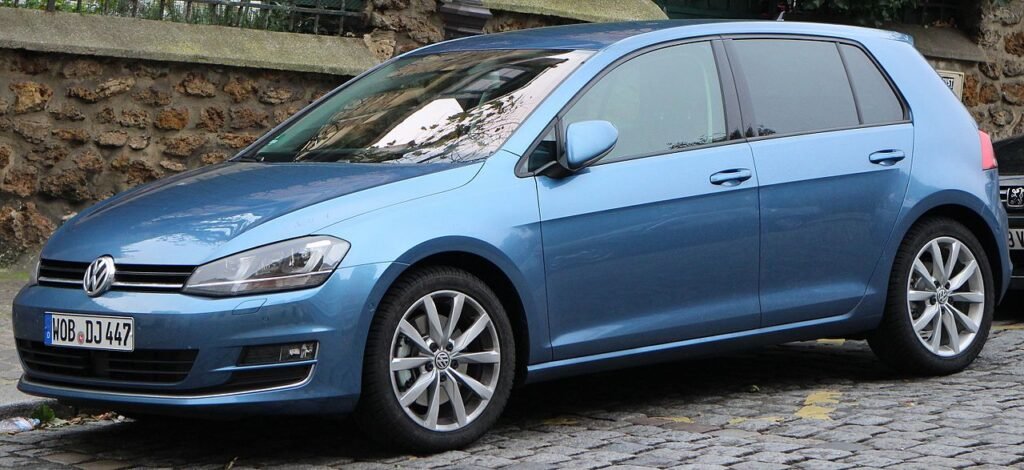
Seating. The VW Golf TSI’s hard-wearing cloth suits daily Nairobi use, resists heat and dust well, and is easy to clean. The GTI’s iconic plaid (or leather) adds firmer bolstering for long Naivasha/Nanyuki runs without feeling tight. The Golf R typically gets the most supportive seats, with deeper bolsters that hold you steady on twisty roads.
Infotainment. Older VW Golfs keep physical knobs and a friendlier learning curve; newer models move to touch sliders and software updates. CarPlay/Android Auto availability depends on year/trim—check for wireless vs wired and the quality of the reversing camera. Prioritise cars with steering-wheel controls, a clear cluster, and working Bluetooth for hands-free calls.
Space & usability. All Golfs are family-friendly: adult-usable rear legroom, ISOFIX anchors, and a square boot that swallows weekend bags or a stroller. Split-fold rears expand load length for market/DIY runs.
Ride reality. For estates and frequent speed humps, 17-inch wheels with taller sidewalls ride better, reduce rim damage, cut tyre costs, and keep road noise in check versus 18s/19s.
6) Ownership Costs in Kenya: Prices, Duty, Insurance, Service
Import duty & taxes (biggest swing factor)
KRA calculates taxes from the CRSP (Current Retail Selling Price) list, with changes in 2025 raising import duty to 35% (from 25%) and higher potential excise for certain vehicles. That, plus exchange-rate updates in the CRSP template, pushes landed prices up vs prior years. Always price your unit with the current CRSP and rule set before committing.
Vehicle age and compliance (used imports)
Used cars must be ≤8 years from first registration, RHD, and pass KEBS/agent inspection before shipment. If you’re shopping Mk7/7.5, pay extra attention to the month of first registration to avoid missing the cut-off.
Insurance (typical rates)
Comprehensive premiums are usually a percentage of the sum insured. Bank/insurer schedules in Kenya commonly quote ~3.5%–4.25% (plus levies/stamp duty), with higher-value cars sometimes attracting slightly lower base rates and extras like tracking/courtesy car. GTI/R often cost more to insure than TSI due to performance/parts.
Fuel spend
EPRA revises pump prices monthly; plan your budget on the current EPRA board rather than old averages. GTI/R use more fuel in town; TSI wins on economy.
Service & consumables
- Oil: Follow the time/odometer interval strictly; Kenyan heat/dust favour conservative changes.
- DSG: Do scheduled fluid services without fail; it’s the single best thing you can do for DSG longevity.
- Pads/tyres: GTI/R eat consumables faster; Rs typically run wider, pricier tyres.
- Cooling: Watch water-pump/thermostat housings; fix early to avoid knock-on costs (common on many turbo VAG engines worldwide).
7) Reliability in Kenya (what owners actually deal with)
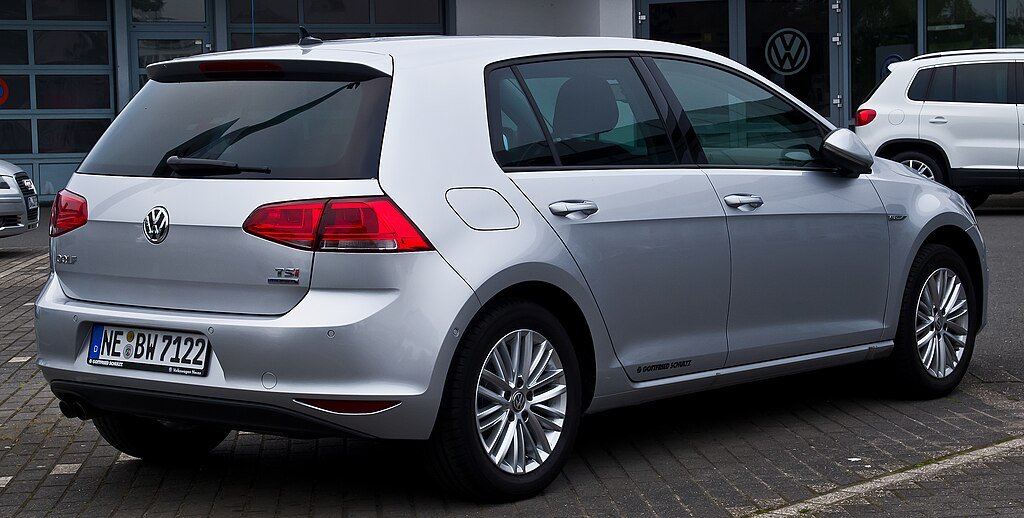
The big divider is maintenance. Well-kept GTIs and Rs do fine in Kenya; neglected ones don’t.
Common watch-outs (age/trim dependent):
- Ignition (coils/plugs) → misfire under load; refresh on schedule.
- Carbon build-up on intake valves (DI trait) → power/idle issues over high mileage; “walnut blast” is the fix.
- Cooling/water pump seepage → catch early.
- DSG neglect → rough shifts/early failure; service logs should be spotless.
- Infotainment gremlins on newer cars → check for software updates.
Kenya-specific tips:
- Air filters clog faster in dusty conditions; change more frequently if you do shags trips.
- Wheel choice: 17s ride better on broken surfaces; fewer bent rims.
- Workshops: Choose VAG-savvy garages that understand DSG procedures and can scan modules properly.
8) Tuning in Kenya (what’s sensible)
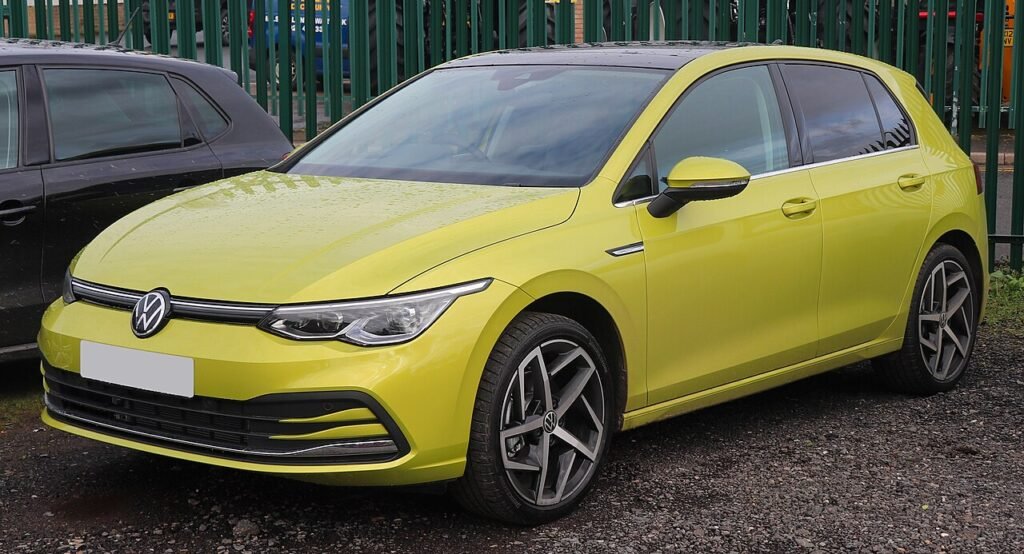
IKenyan roads reward reliability and heat management first, peak power second. A safe, high-impact path looks like this:
- Tyres & alignment: Start with quality rubber and a proper alignment. Grip transforms braking, turn-in, and wet-weather confidence more than raw hp.
- Brake pads + high-temp fluid: Escarpment descents and stop-go heat fade stock setups. Fit reputable pads and DOT 4/5.1 fluid before chasing speed.
- Intercooler: Cooler charge temps = consistent power and safer knock margins in hot traffic.
- Stage 1 ECU tune:
- TSI: Big torque bump for Nairobi gaps.
- GTI: Transforms mid-range; feels OEM-plus.
- R: Relentless pull that AWD can actually deploy.
- Clutch (manual) or DSG tune: Raises torque limits and improves shift logic for tuned cars.
- Stage 2 (where legal): Only after cooling and brakes; be mindful of emissions/inspection.
Insurance & resale: Disclose mods to your insurer, keep receipts and a build sheet, and use reputable tuners. Transparent, well-maintained cars retain value and are easier to insure and sell.
9) Generation Cheat Sheet for Kenya (VW Golf Mk6 → Mk8.5)
| Generation | Years (approx.) | Why Kenyans like it | Watch-outs |
|---|---|---|---|
| Mk6 (GTI/R) | ~2009–2013 | Affordable entry to hot-hatch world; simple UX | Age-related wear; cooling bits; tune history |
| Mk7 | ~2013–2017 | Big leap in refinement; plentiful imports; GTI PP exists | As above + DSG service proof |
| Mk7.5 | ~2017–2020 | Facelift; better tech; mature sweet spot for value | Tuning disclosure; tyre/brake condition |
| Mk8 | ~2020–2024 | Digital cockpit; very fast R (vectoring) | UX learning curve; software updates |
| Mk8.5 | ~2024–present | Interface refinements; detail improvements | Price premium; limited supply as of now |
Reality check: Due to Kenya’s ≤8-year rule and 2025 duty changes, late Mk7.5 and early Mk8 will dominate smart imports for a while. Price carefully with current CRSP and exchange assumptions.
10) Which VW Golf Should You Buy in Kenya? (Decision Matrix)
Score each criterion 1–5 for your situation.
| Criterion (Kenya) | Weight | TSI | GTI | R |
|---|---|---|---|---|
| Landed Cost (CRSP/duty/excise) | 5 | 5 | 3 | 2 |
| Insurance (typical %) | 4 | 5 | 3 | 2 |
| Urban Comfort (bumps/tyres) | 3 | 4 | 4 (DCC helps) | 3 (4 w/ DCC) |
| Performance (up-country overtakes) | 5 | 2 | 4 | 5 |
| Traction in Rain/Loose Surfaces | 3 | 3 | 3 | 5 |
| Resale (demand) | 3 | 3 | 4 | 4 |
| Mod Potential (smiles/ shilling) | 2 | 3 | 5 | 4 |
| Overall (feel-based) | — | Value king | Kenya all-rounder | Max capability |
Buyer snapshots (Kenya):
- TSI → You want the lowest landed+insurance costs, daily comfort, and the occasional weekend trip.
- GTI → You want one car for Nairobi + Naivasha/Nanyuki runs that feels special every day.
- R → You want discreet speed and AWD confidence year-round, and you’re comfortable with higher insurance/tyre costs.
11) Test-Drive & Inspection Game Plan (Kenyan roads edition)
Route recipe (15–20 min):
- City crawl (speed bumps + stop/start)
- Highway merge (Waiyaki/Thika Road style on-ramp)
- Patchy tarmac / rough lane (estate road)
- A few tight turns (mini-roundabouts)
What to feel for:
- Clean mid-range pull (no hesitation); smooth DSG shifts when hot.
- Brake feel after several hard stops; no vibration.
- Ride quality on bumps; toggle DCC if fitted.
- Steering on-centre confidence and lane-change stability.
- Infotainment sanity check (pair phone; test cameras/sensors).
Paperwork to demand:
- DSG service history (if DSG).
- Cooling system attention (water pump/thermostat).
- Plugs/coils replacement logs.
- Evidence of stock tune or reputable work (if modified).
- Pre-export inspection (JEVIC/QISJ) if newly imported.
12) Costs & Tables (Kenya-specific, directional)
3-Year Running Cost Snapshot (illustrative)
| Cost Item (Kenya) | TSI | GTI | Golf R |
|---|---|---|---|
| Fuel (EPRA-reviewed monthly; usage dependent) | Lowest | Medium | Highest |
| Insurance (comp., % of sum insured) | ~3.5–4.25% typical bands* | Higher than TSI | Highest of three |
| Routine Service (incl. DSG service if fitted) | Low–Med | Med | Med–High |
| Tyres (quality set) | Narrower/cheaper | Wider/pricier | Widest/priciest |
*Representative of published schedules from local finance/insurers; confirm your quote.
Fuel prices are EPRA-regulated; don’t use outdated averages—check the current board.
13) FAQs (Kenyan buyer questions)
Is the GTI worth it over the TSI for mostly city driving?
Yes—if you value the mid-range shove for quick merges and weekend fun. If you only want calm commuting + lowest landed/insurance costs, TSI makes more sense.
Does the R’s AWD matter here?
Yes for rainy seasons, steep estate roads, and putting power down cleanly. On dry, tight roads the GTI may feel more “playful,” but the R is usually quicker point-to-point.
DSG or manual for Kenya?
DSG is superb in traffic and fast when pressing on—as long as you service it on schedule. Manual avoids DSG service cost but is rare on the market.
What about fuel quality for tuned cars?
Kenya’s Super Petrol is tested and sits around RON ~95–96 in recent samples; stick to reputable stations and keep cooling healthy if tuned.
What’s the current import age limit?
Used imports must be ≤8 years, RHD, and pre-inspected before shipment. Don’t buy a unit that misses cut-off by month.
Why do prices feel higher this year?
KRA’s 2025 updates raised import duty to 35% and adjusted exchange assumptions in the CRSP, increasing landed costs. Always cost with the current list.
14) Verdict for Kenya
Best overall value — VW Golf TSI.
Choose the TSI if you want that premium VW Golf feel with the lowest landed cost (duty + excise via CRSP), cheaper insurance, and modest tyre/brake spend. It’s quiet, efficient, and perfectly suited to Nairobi traffic. Pair it with 17-inch wheels, good tyres, and diligent servicing for a calm, long-lived daily.
Best single-car solution — Golf GTI.
The GTI is Kenya’s sweet spot: quick when you need it, comfortable every day, and genuinely fun on Tigoni/Ngong back roads. Factor slightly higher insurance and consumables, and seek DCC/Performance Pack if available. Keep DSG services on schedule and it’ll do city, shags, and everything between.
Best capability — Golf R.
If you value discreet speed and AWD confidence in rain or on rough estate approaches, the R is unmatched. It’s calm at 120 km/h and ruthless for up-country overtakes. Budget for wider tyres, bigger brakes, and higher insurance—and buy the tidiest, best-documented example you can find.
Related posts


Buying a Used Toyota Prado J120 in Kenya


The Ultimate Family SUV? A Review of the Toyota Prado J150


Cars Under 1000cc in Kenya


